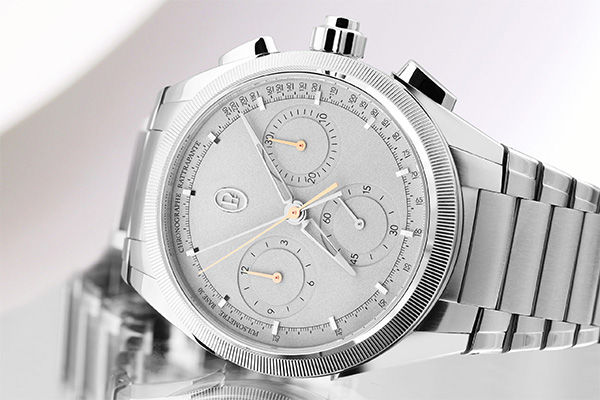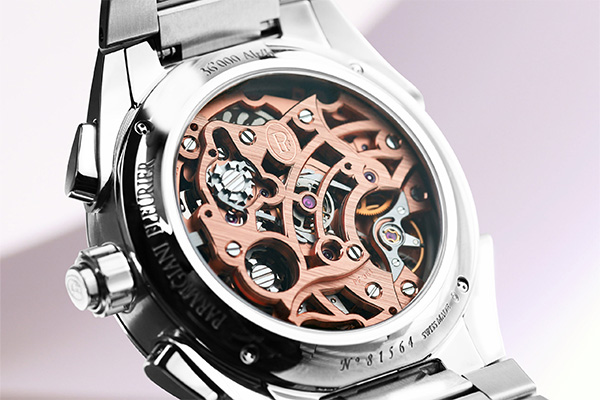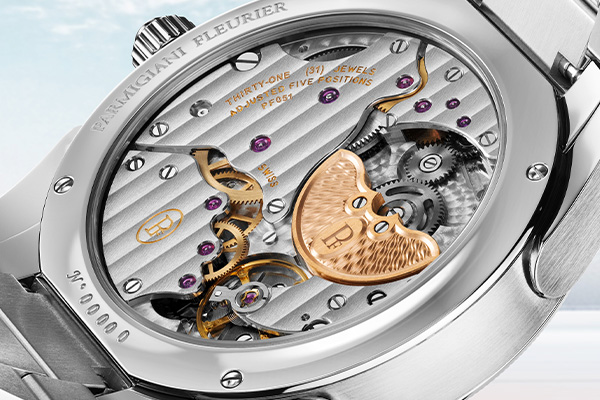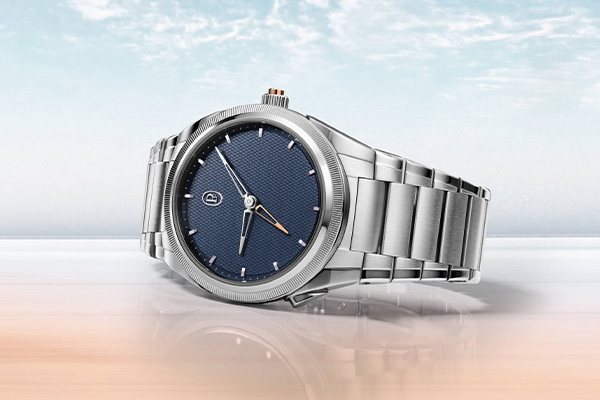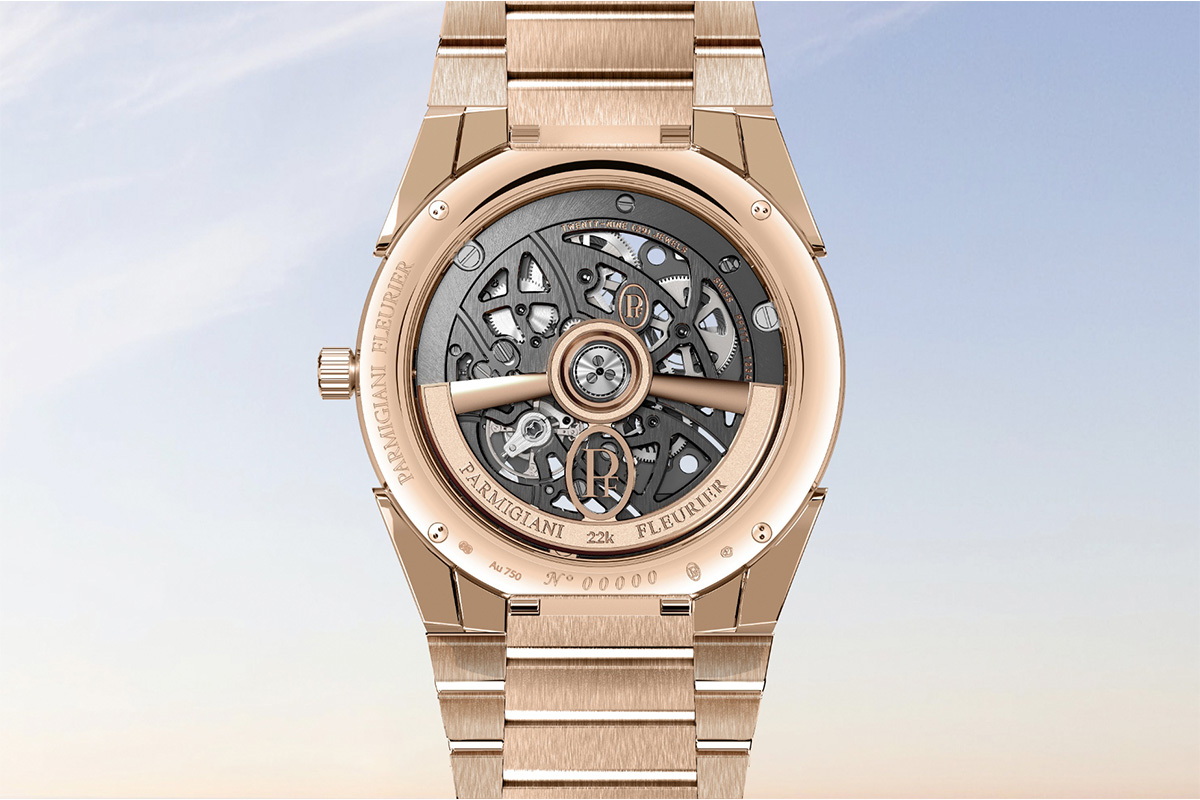
Earlier, we briefly shared about the illustrious background of Parmigiani Fleurier and its founder, Michel Parmigiani. Read on as we explore the technical prowess of the brand.
Being one of the smaller watch brands in Switzerland did not mean that Parmigiani Fleurier was not capable of what some of the bigger watchmakers were doing. In fact, it is one of the few highly vertically integrated watch brands in the industry. What does it mean to be vertically integrated, though? It basically means that most of what goes into a Parmigiani Fleurier watch is made by the company instead of having parts bought from external suppliers, and subsequently put together. And most watch connoisseurs will agree that the greater the degree of vertical integration for a watch brand, the better.

“Restoration gave me the confidence I needed to pursue my watchmaking dreams.” – Michel Parmigiani
Michel Parmigiani’s training as a watchmaker, and subsequently as an expert in restoring antique clocks and timepieces, laid a rock-solid foundation for his creations upon establishing his own watch brand. He trained at the Val-de-Travers School of watchmaking and the Technicum in La Chaux-de-Fonds.
He later applied his technical know-how, as well as his passion for architecture and art, into creating a concise and meticulously curated collection of timepieces for Parmigiani Fleurier, many of which are inspired by horological creations of yesteryear and materialised as Mr Parmigiani’s interpretation of contemporary watchmaking. A shining example is the first watch he designed for Parmigiani Fleurier – the Toric.
Advocate of the Strictest Standards
Vaucher Manufacture Fleurier was established in 2003, as the movement development arm of Parmigiani Fleurier. Besides having a dedicated research and development department, Vaucher is also capable of manufacturing movements at the highest level of technicity and finishing, enabling Parmigiani Fleurier to flourish in movement-making.
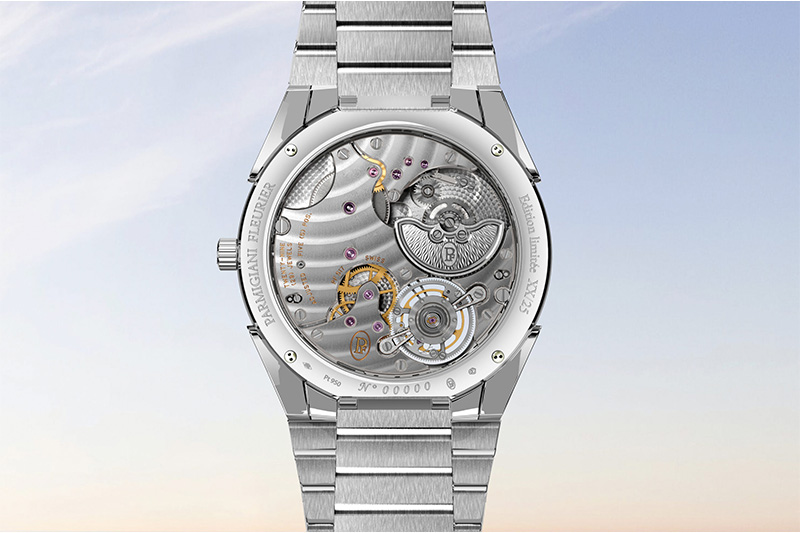
In 2004, initiated by the pool of watchmaking brands in Fleurier – namely, Chopard, Bovet, Parmigiani Fleurier, and Manufacture Vaucher, the Foundation Qualité Fleurier (FQF) was established. Together, they launched the Qualité Fleurier (Fleurier Quality) certification, a new standard governing the aesthetics and technical mastery of high-end Swiss-made timepieces, which has since become one of the most stringent sets of regulations in the watchmaking world. With one of the Foundation’s key founders being Michel Parmigiani himself, it is no surprise that several of Parmigiani Fleurier’s timepieces have been created to meet the high standards needed to attain the Qualité Fleurier seal.
To meet the FQF’s certification requirements, the timepieces must be 100% manufactured in Switzerland, fitted with a movement that has a finish of exclusive aesthetic quality, be certified by COSC as a chronometer, in addition to passing the Chronifiable test and the Fleuritest, which scrutinise the durability and accuracy of the movement. The COSC certification which is given out by the Swiss authority, Contrôle Officiel Suisse des Chronomètres, upon certifying watches as chronometers, is one of the most well-regarded certifications for timepieces. Watches that have received the Qualité Fleurier certification are identifiable by the tiny “FQ” engraving on the movement.
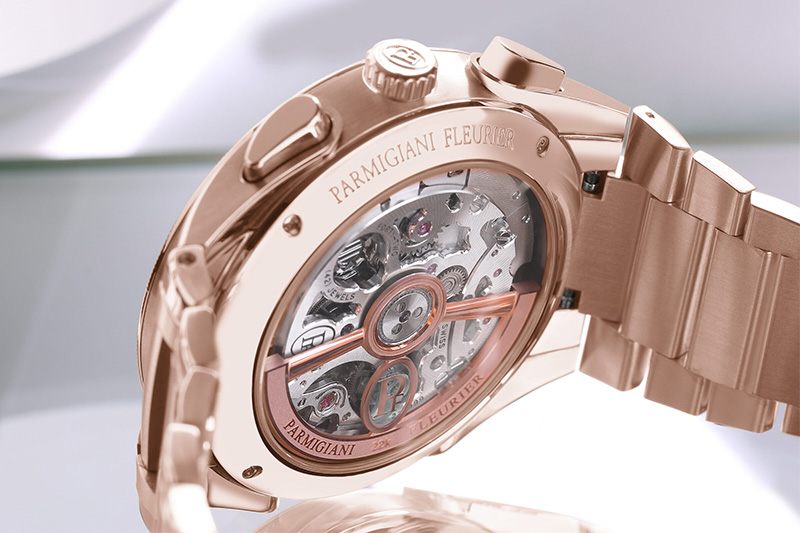
Notable In-House Movements
To date, Parmigiani Fleurier has developed more than 30 in-house calibres, among which are several world-firsts. Certain specific models have been awarded the Qualité Fleurier certification. Here are a few highlights:
Calibre PF110
This rare tonneau-shaped, manual-wound movement features double-barrel mainsprings that provide for an incredible 8-day power reserve, a feat during the late 1990s. Launched in 1998, this is the first movement developed and made entirely in-house by Parmigiani Fleurier. The PF110’s functions include hours, minutes, small seconds, date and a power reserve indicator. It is housed in the Kalpa Hebdomadaire series.
Calibre PF331-QF
An elevated version of calibre PF331 – the first automatic movement developed and manufactured in-house by Parmigiani Fleurier, the PF331-QF features a series-mounted double barrel, which ensures a constant and regular transmission of energy to the movement, offering 55 hours of power reserve. It was later updated to qualify for the Qualité Fleurier (Fleurier Quality) certification, with a 22-carat gold oscillation weight, crossed Côtes de Genève” decoration on the bridges, as well as other additional details. It is currently featured in the Toric Chronometre Qualité Fleurier series, which has also received a COSC certification.
The Parmigiani Fleurier Tonda PF Split Seconds Chronograph.
Calibre PF361
This is Parmigiani Fleurier’s first integrated chronograph movement, launched in 2016 to mark the brand’s 20th anniversary. It is a manually-wound movement that features a chronograph, an integrated split-seconds function and a large date, all on a single main plate. The PF361 is made of solid gold and oscillates at a frequency of 5Hz, ensuring top-of-the-line accuracy, but at the same time also extremely rare. It lies within the Tonda Chronor Anniversaire model.
The Parmigiani Fleurier Tonda PF GMT Rattrapante Steel Platinium
Calibre PF051
Presented at Watches & Wonders 2022, as the movement orchestrating the latest Tonda PF GMT Rattrapanted, the calibre PF051 features a world premiere – the split GMT function operated by a pusher integrated into the case at 8 o’clock position. Likened to how the hands of a split-second chronograph (rattrapante) move, the pusher that has been integrated into the crown allows the wearer to reset the 2 hour hands (home time and local time) into overlapping positions instantly.
Discover the Parmigiani Fleurier collections online or at our boutiques at your nearest location.
